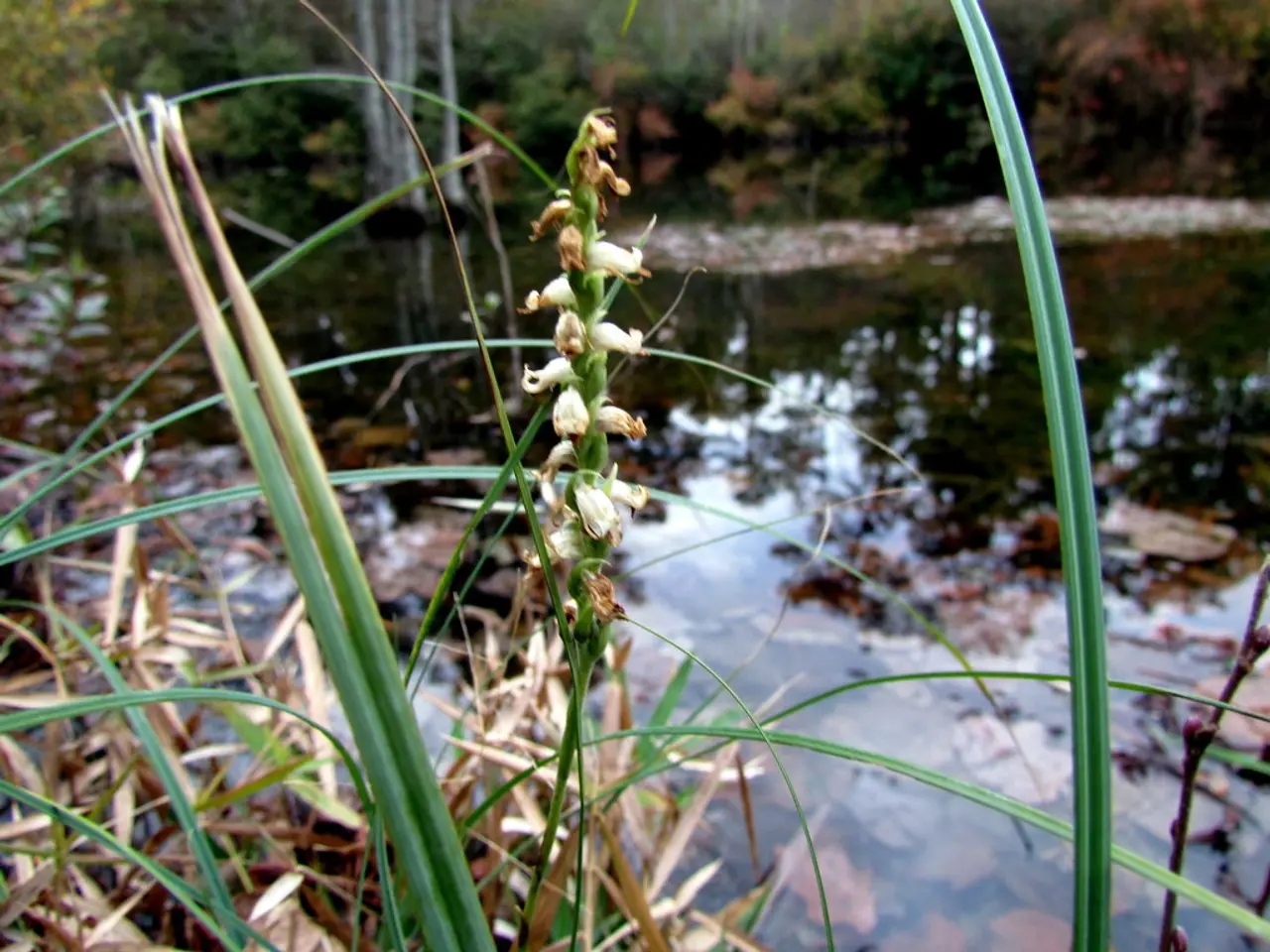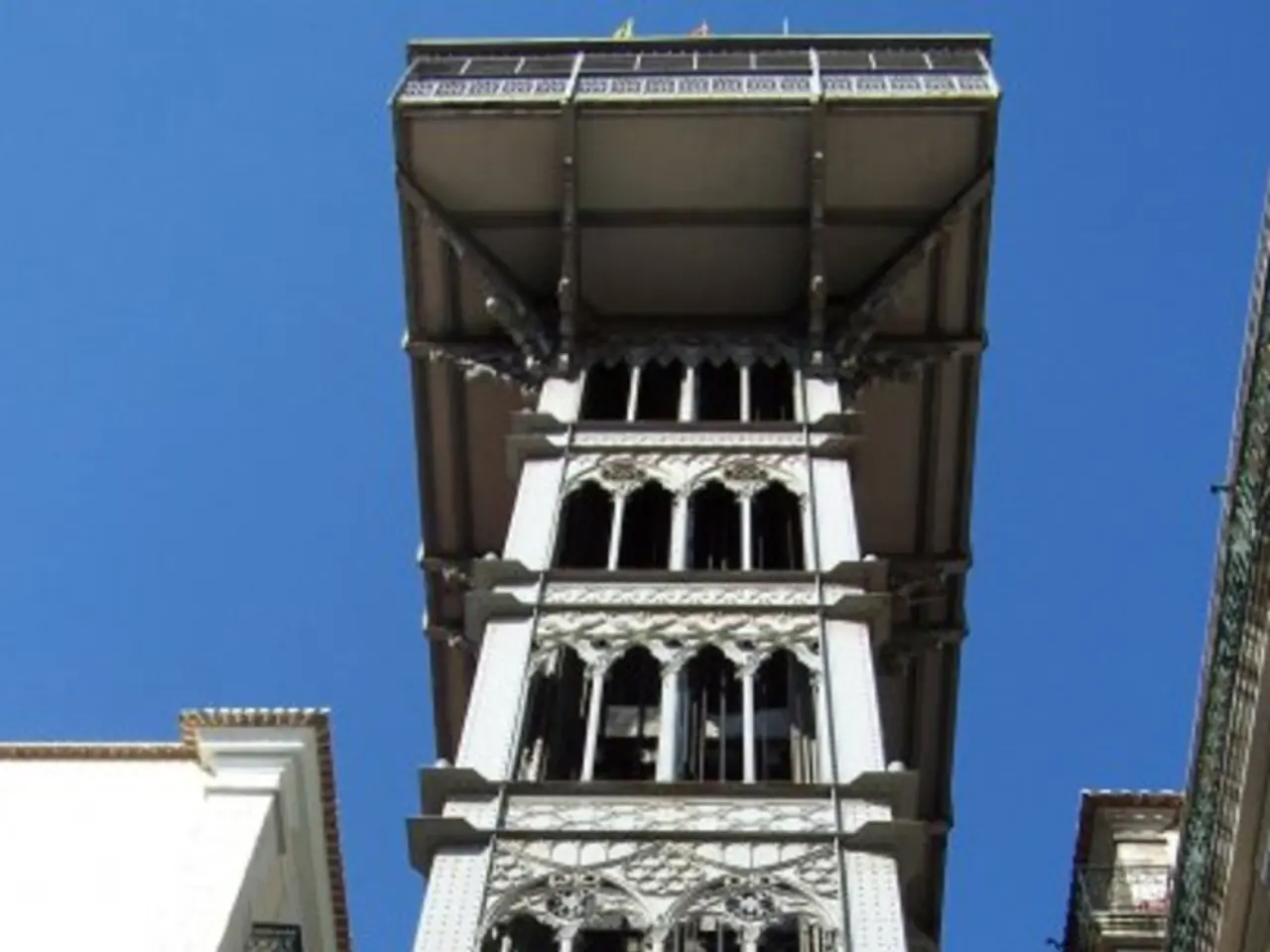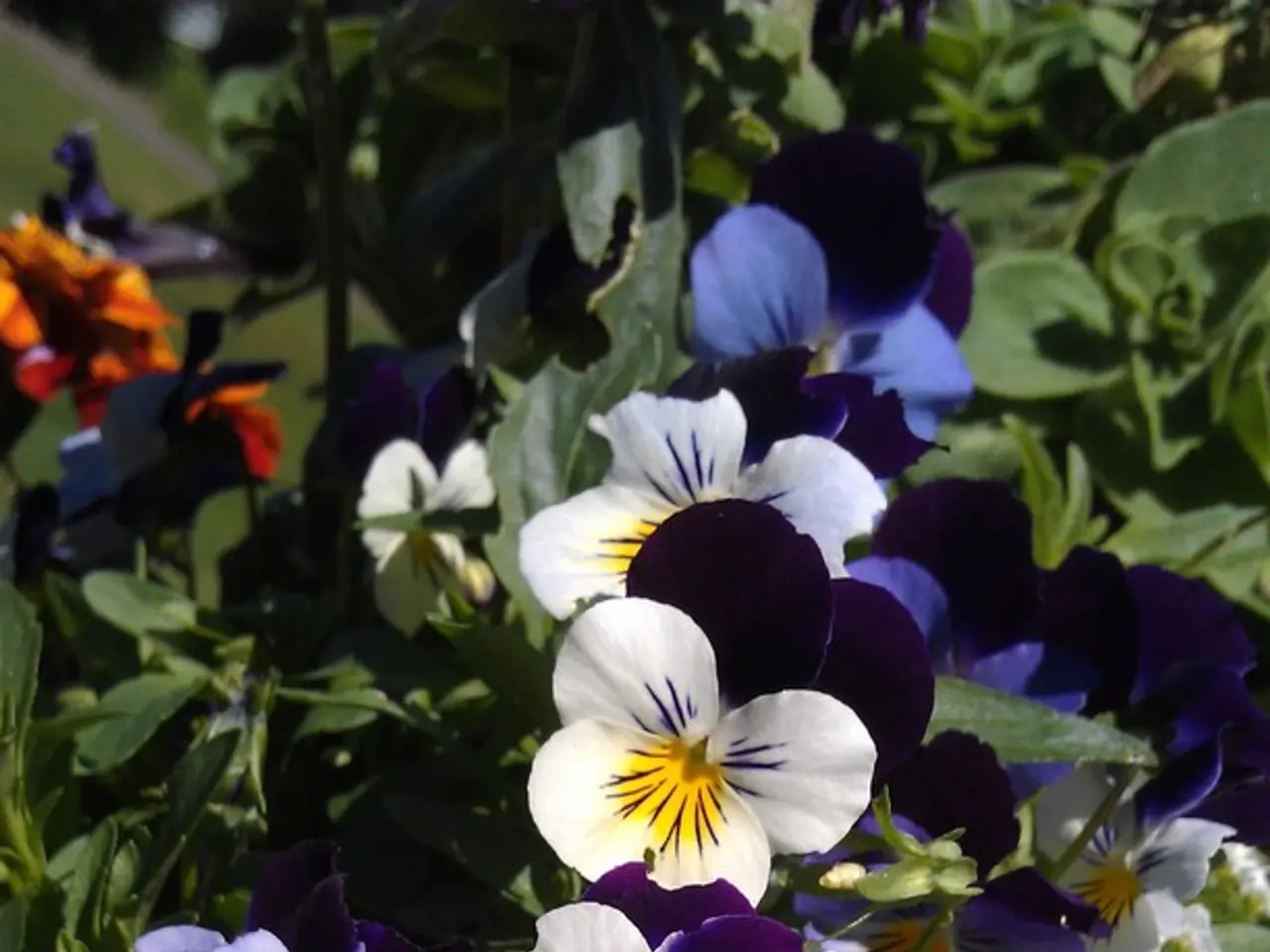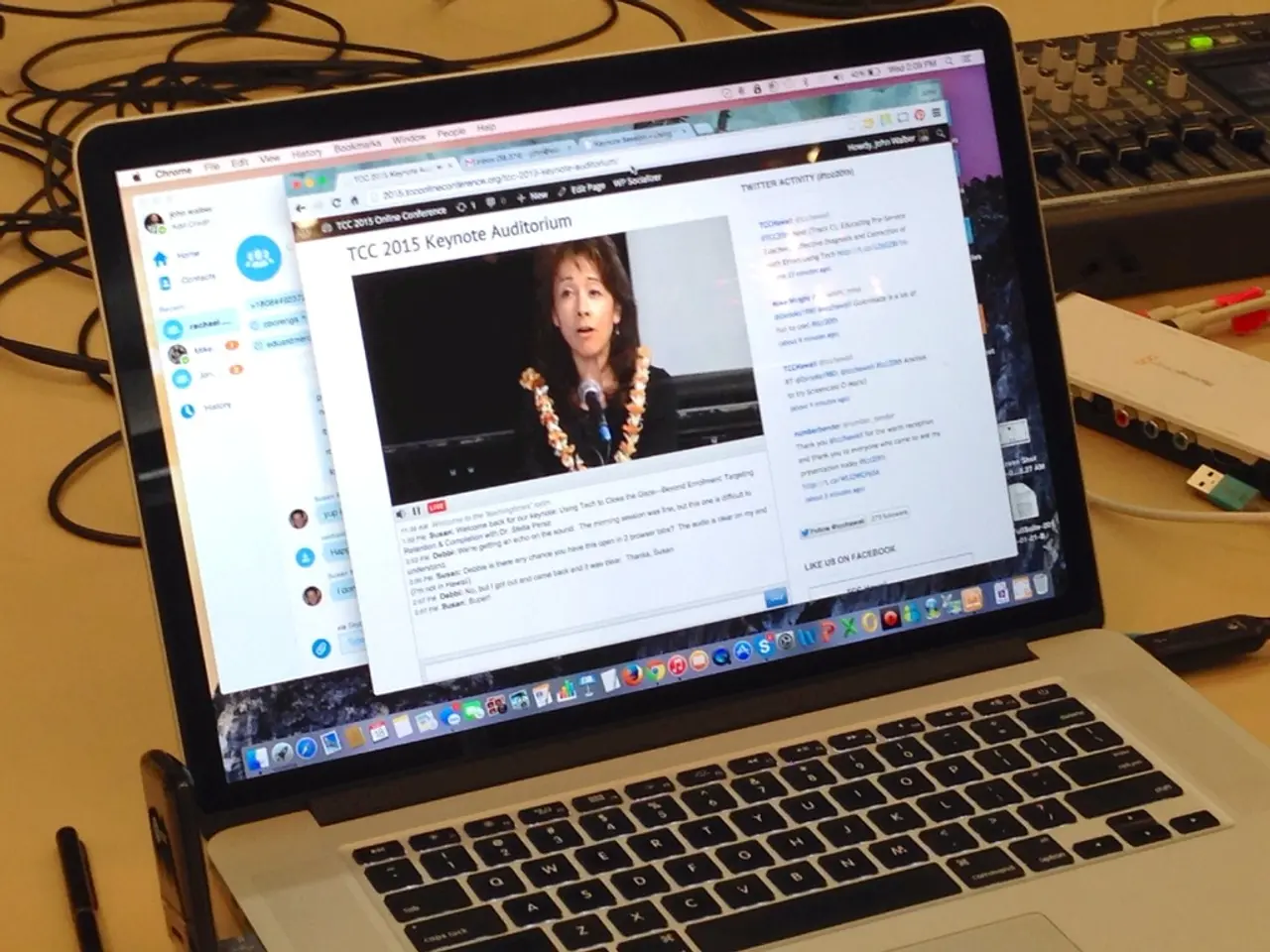Ideal Planting Time for Daffodils in Alabama, Complete with Optimal Strategies and Guidelines
In the heart of autumn, as the leaves begin to change and the air cools, it's time to consider planting one of spring's most beloved flowers: daffodils. This article provides a regional guide to help U.S. gardeners plant their daffodils at the optimal time, ensuring a splendid display come springtime.
Naturalizing daffodils involves planting them in a way that mimics their natural growth. Choosing versatile varieties like 'Ice Follies', 'Carlton', or 'Thalia' for different soil types is essential. These bulbs should be planted deeply—about 6 to 8 inches deep—with spacing of 6 to 12 inches between bulbs to promote strong growth and a vibrant bloom display. Grouping bulbs enhances visual impact.
The best times to plant daffodils in different U.S. regions generally depend on soil temperature and local climate. A general rule is to plant daffodil bulbs between September and November.
For northern and colder climates (USDA Zones 3–5), plant in mid-September to mid-October, before the ground freezes but when soil is cool enough. In intermediate zones (USDA Zones 6–7), plant in late September through early November. Warmer zones (USDA Zones 8–11) are best for planting in mid-October to early November, since soils remain warmer longer in these areas.
Local frost dates and soil temperature monitoring improve timing accuracy. For example, in Alabama, it's best to plant daffodils around 4 weeks before the first expected frost date. The soil for daffodils should be rich in organic matter to improve drainage and provide essential nutrients, while well-drained soil is crucial to prevent the bulbs from rotting.
When transplanting daffodils, dig up small bulbs after the blooming season ends, separate them with some root attached, and replant them in well-draining soil about 6-8 inches deep. Water thoroughly after planting. Daffodils thrive in locations that receive full sun to partial shade.
Mixing different daffodil varieties ensures a longer blooming season and a more colorful display. Alabama's climate is suitable for several types of daffodils, including trumpet, double, and Jonquilla daffodils. Miniature daffodils are a good option for borders or rock gardens.
Daffodils can be found at local gardening stores, daffodil shows, or catalogs. Glen, the gardening expert with over 15 years of experience in garden maintenance, design, and landscaping services, recommends planting daffodils randomly across a lawn or field to achieve a natural look when naturalizing them.
Allowing daffodil foliage to yellow and die back naturally is critical since the leaves photosynthesize and store energy in the bulbs for the next season. Some popular daffodil varieties include the pure white 'Mount Hood' and the striking orange 'Jetfire'.
In summary, planting daffodils in the fall allows them enough time to establish before the cold sets in, ensuring a splendid display in the spring. Following these guidelines will help your daffodils flourish and bring a touch of spring cheer to your garden even before the official arrival of the season.
Incorporating daffodils into your home-and-garden landscape can be an enchanting addition, particularly when considering a lifestyle that embraces gardening. To achieve a harmonious and vibrant bloom display, plant daffodil bulbs during the fall, following the region-specific planting times for optimal growth: mid-September to mid-October for northern and colder climates, and mid-October to early November for warmer zones.




